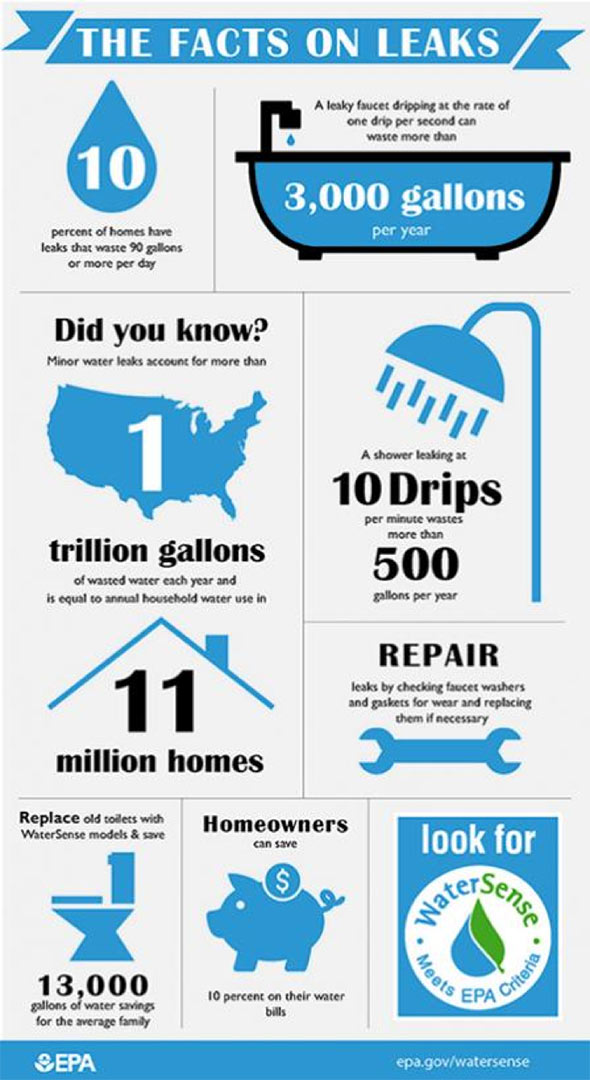Common Risks In Roof Setup And Ways To Sidestep Them
Common Risks In Roof Setup And Ways To Sidestep Them
Blog Article
Write-Up By- simply click the following article
When you're planning a roof covering installment, it's easy to neglect critical information that can cause substantial troubles down the line. You might be tempted to cut edges on material option or skip proper flashing installation, however these usual blunders can result in pricey fixings later. Understanding san antonio siding company of ventilation and adhering to neighborhood building codes is vital for an effective project. So, what are the vital steps you should take to guarantee your roofing system stands the test of time? Let's check out some efficient strategies to prevent these risks.
Poor Material Choice
When it concerns roof installment, choosing the incorrect products can lead to expensive issues down the line. You may believe that any roof material will do, but that's an usual false impression. It's critical to select materials that match your neighborhood environment and the specific needs of your home.
As an example, if you live in an area with heavy rain or snow, selecting asphalt tiles might not be the most effective option. Rather, take into consideration more durable options like steel or slate.
In addition, take note of the quality of the products you're taking into consideration. Economical products could save you money upfront, but they commonly do not have durability and can result in regular repair services or substitutes.
You should additionally think about the style of your home and make sure the products you select will certainly maintain its aesthetic allure.
Ultimately, don't neglect to speak with experts. They can provide important understandings and advise materials that adhere to neighborhood building ordinance.
Investing time in correct material selection currently can aid you prevent migraines and costs in the future, making your roof project a success.
Inadequate Flashing Installation
Picking the best products isn't the only factor that can bring about roof issues; insufficient blinking installment can likewise create significant problems. Flashing is critical for guiding water away from at risk locations, such as smokeshafts, skylights, and roofing system valleys. If it's not mounted properly, you take the chance of water invasion, which can lead to mold development and architectural damage.
When you install blinking, ensure it's the appropriate type for your roof's style and the regional climate. For instance, metal blinking is frequently a lot more long lasting than plastic in areas with heavy rainfall or snow. See to it the flashing overlaps appropriately and is protected securely to avoid voids where water can leak through.
You should additionally take notice of the setup angle. Flashing need to be placed to guide water away from your house, not toward it.
If you're uncertain concerning the setup procedure or the materials required, speak with a professional. They can help determine the best flashing alternatives and ensure everything is mounted appropriately, securing your home from prospective water damages.
Taking these actions can conserve you time, money, and headaches down the road.
Neglecting Air Flow Needs
While several home owners concentrate on the aesthetic and structural aspects of roofing system setup, ignoring air flow needs can cause severe long-term repercussions. Correct air flow is essential for regulating temperature level and moisture degrees in your attic room, avoiding issues like mold and mildew development, wood rot, and ice dams. If you do not install ample air flow, you're setting your roof covering up for failing.
To prevent this error, first, evaluate your home's specific ventilation requirements. A balanced system typically includes both consumption and exhaust vents to promote air movement. Ensure you've mounted soffit vents along the eaves and ridge vents at the peak of your roofing system. This combination allows hot air to leave while cooler air gets in, maintaining your attic area comfortable.
Likewise, consider the kind of roof material you have actually selected. Some materials may need extra air flow techniques. Confirm your regional building regulations for ventilation standards, as they can vary significantly.
Ultimately, do not fail to remember to inspect your ventilation system on a regular basis. Clogs from debris or insulation can hamper airflow, so keep those vents clear.
Verdict
In conclusion, preventing typical roof installation errors is key to ensuring your roof covering's longevity and effectiveness. By selecting the ideal materials for your climate, installing blinking effectively, and dealing with ventilation needs, you can stop expensive problems down the road. Don't forget to acquaint yourself with regional building regulations and routine regular inspections. With these actions, you'll enjoy a risk-free, long lasting roofing system that protects your home for years ahead. Delighted roofing!
